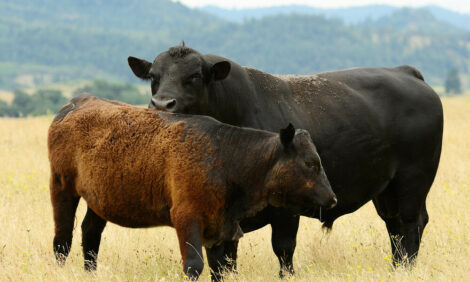



MLA Retraces Red Meat's Environmental Footprint
AUSTRALIA - Cutting red meat consumption is not the answer to reducing your environmental footprint, says Meat and Livestock Australia (MLA).
Delivering the keynote address to the Rural Press Club of Queensland’s breakfast at the Brisbane Exhibition, Meat & Livestock Australia (MLA) Managing Director David Palmer refuted claims that consumers should reduce red meat consumption to lower greenhouse gas (GHG) emissions.
“In fact Australia’s livestock industry has already reduced its emissions by 4.7 per cent since 1992,” Mr Palmer said.
“During the same period, GHG emissions from electricity generation increased by 47.3 per cent and transport by 27.4 per cent*.” (*Source: Department of Environment and Climate Change)
The current rules for measuring GHG emissions also fail to take into account the positive contribution that livestock producers make by storing carbon in the soil.
“There is seven per cent more carbon stored under a healthy pasture-based grazing system than under forestry, however currently the industry is not credited for providing this benefit. This must be addressed,” Mr Palmer said.
Mr Palmer said that the industry has also been the subject of unjust claims regarding its water use.
Independent research has shown that it takes between 18 and 540 litres of water* to produce a kilogram of beef, contrary to some of the inflated figures that have been quoted.
Mr Palmer said that it would also be irresponsible of Australia to reduce red meat production with so many of our own families’ livelihoods dependent on the industry, and the looming challenges to feed a growing global population.
“Red meat production occurs on 43 per cent of the Australian landmass, most of which is not suitable for plant-based food production,” he said.
“To replace the equivalent amount of red meat protein in the diet with plant-based proteins would require an additional productive area the size of Victoria and Tasmania combined. Red meat is an efficient source of critical nutrients. In fact it is the largest contributor of readily available iron and zinc in the Australian diet.”
Mr Palmer said the industry was committed, investing millions of dollars in research and development into producing high quality and affordable food for Australian and global consumers while preserving the environment for future generations.
TheCattleSite News Desk


